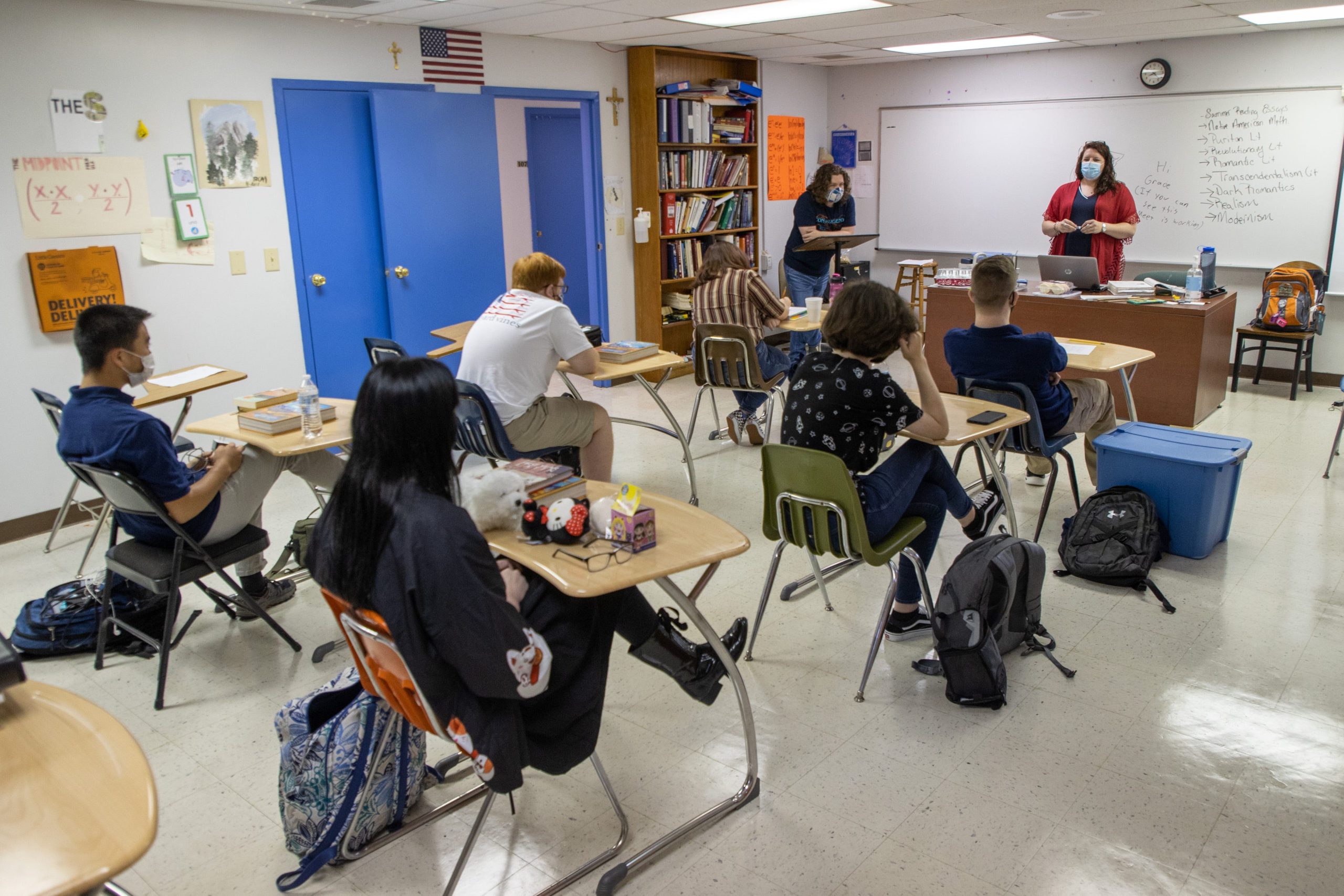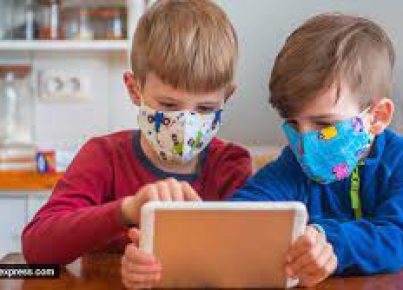Introduction
The COVID-19 pandemic has brought unprecedented challenges to educators worldwide. As schools try their best to adapt and maintain a safe learning environment, cases are still on the rise, leaving many teachers wondering how to effectively manage classes when half or more of their students are out due to illness or quarantine requirements. This article will discuss the challenges faced by such teachers and provide insight into navigating the hybrid mix of in-person and remote learning.
The Challenges of a COVID-stricken Classroom
1. Maintaining Cohesiveness
One of the primary issues faced by teachers with a partially remote class is maintaining a cohesive learning environment. With students in different locations and perhaps even working at different paces, it can be difficult to bring everyone together for group discussions and collaborative work. Teachers also need to manage time effectively, ensuring that remote students are given adequate attention during lessons.
2. Ensuring Equity
Another challenge lies in ensuring that all students have equal access to resources and opportunities for learning, regardless of their physical presence in the classroom. For some, this might involve providing additional support for remote students who may struggle with technology or have limited access to educational materials.
3. Keeping Engagement Levels High
Effective learning requires engaged participants, and this can be especially difficult when half your class is learning remotely. Teachers must find ways to keep both in-person and remote students interested and motivated, leveraging the strengths of each group, while addressing their unique needs.
Strategies for Managing Hybrid Classes
1. Foster Clear Communication
Clear communication is crucial for managing a hybrid class successfully. Teachers should regularly update students on any changes in the course schedule and expectations and make sure they understand how to access all required resources.
2. Implement Blended Learning Models
Blended learning models combine face-to-face instruction with online activities, offering flexibility for students who are unable to attend class in person. Teachers can use various digital platforms to deliver content, facilitate collaboration and assess learning.
3. Utilize Collaboration Tools
Using collaboration tools like Google Classroom, Microsoft Teams, or Zoom can help bridge the gap between in-person and remote students. These platforms offer features like file sharing, assignment submission, real-time communication, and video conferencing to support collaborative learning.
4. Encourage Peer-to-Peer Interaction
To foster a sense of community and minimize feelings of isolation for remote students, teachers can create opportunities for peer-to-peer interaction. Assigning group projects or hosting virtual discussion boards can encourage this type of interaction.
5. Adopt Flipped Classroom Methodologies
Flipped classroom methodologies involve having students engage with course content before attending live sessions, allowing class time to be dedicated to discussions, problem-solving, and individualized support.
Conclusion
Navigating a classroom where half the students are out with COVID may seem daunting initially; however, employing strong communication strategies, leveraging technology for blended learning models and involving both remote and in-person students can help provide effective learning experiences for all. The key is adapting teaching methods while maintaining high levels of engagement and ensuring equity for every student. Ultimately, the resilience of educators will continue to shape the future of education during these uncertain times.





